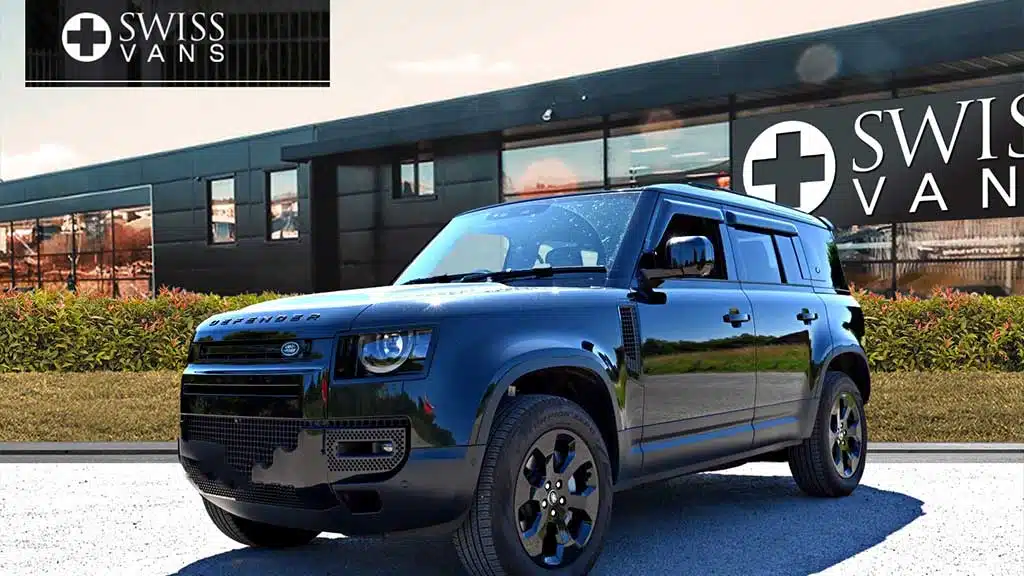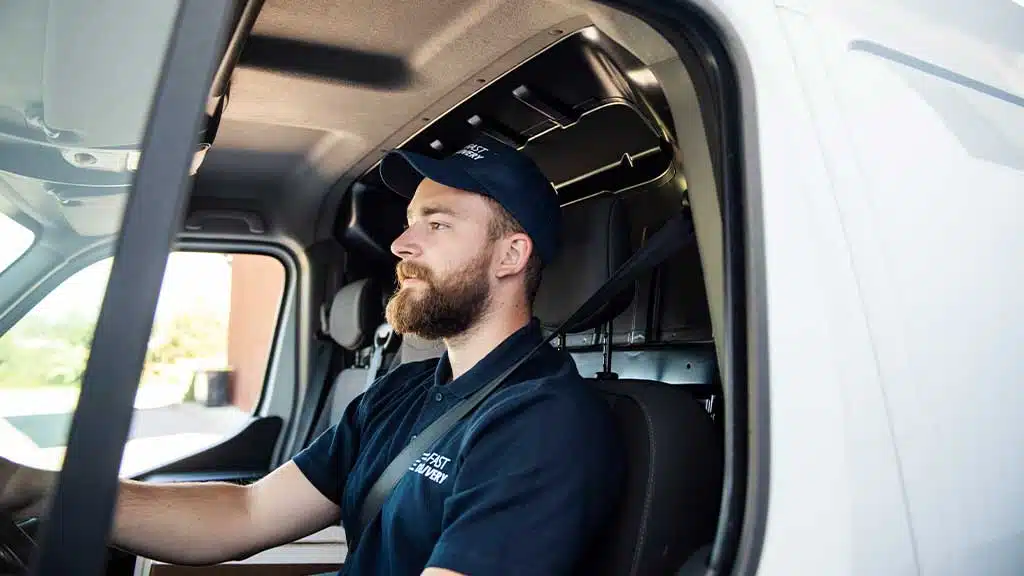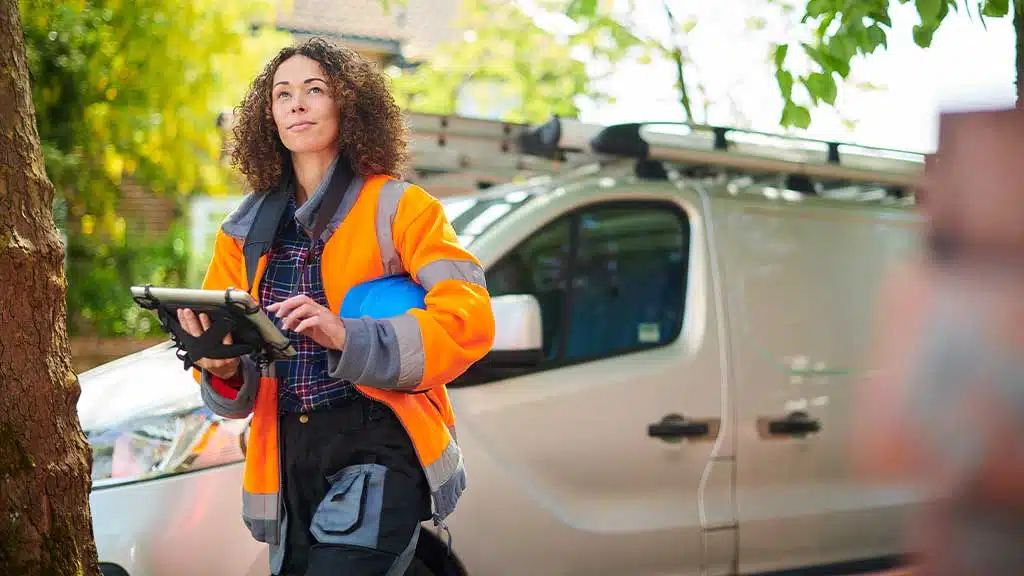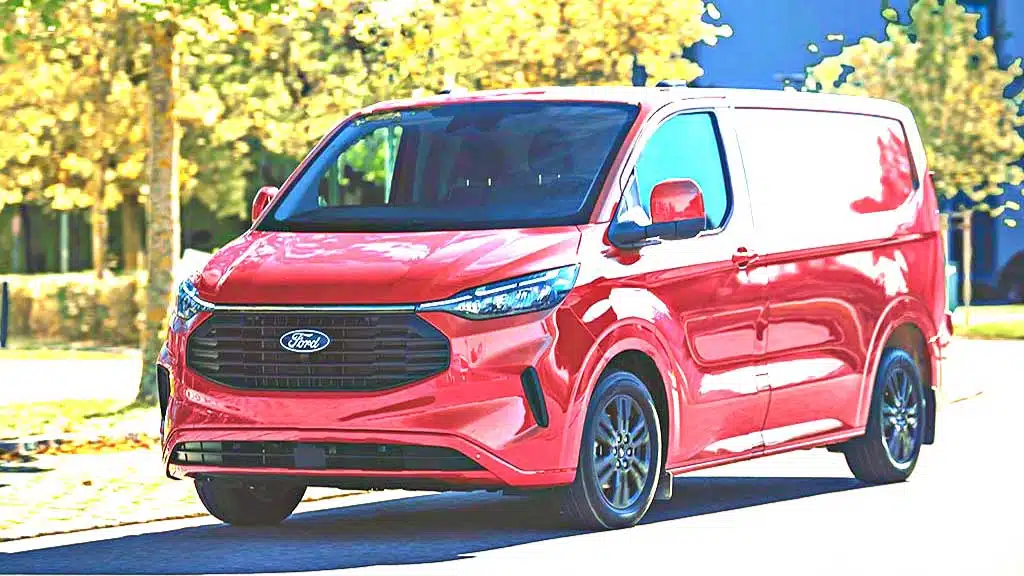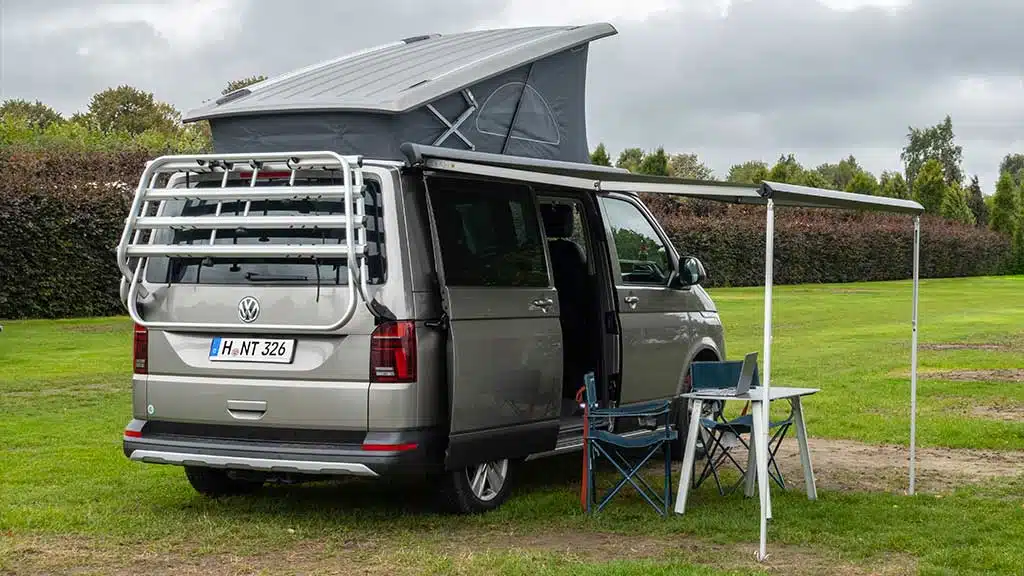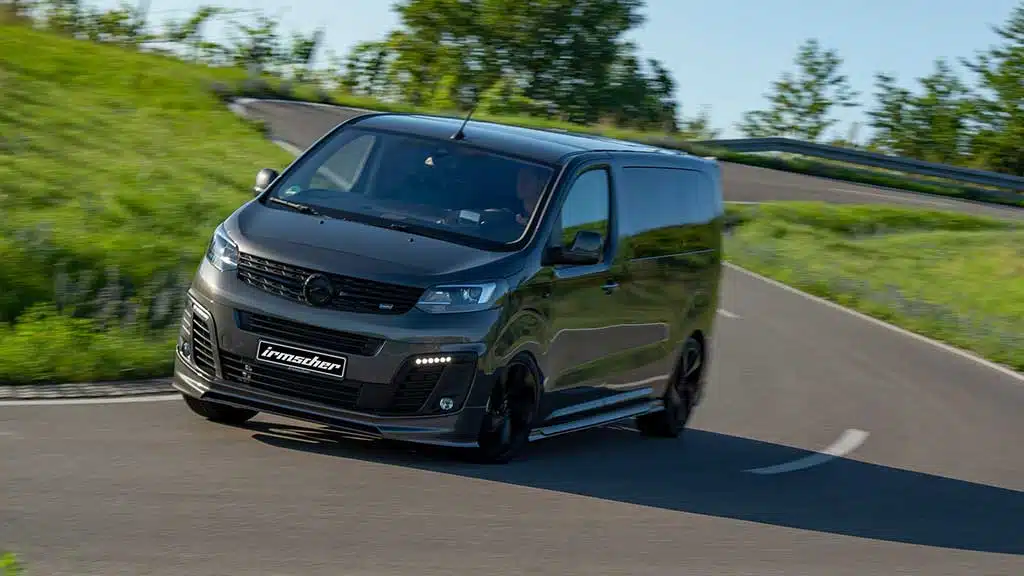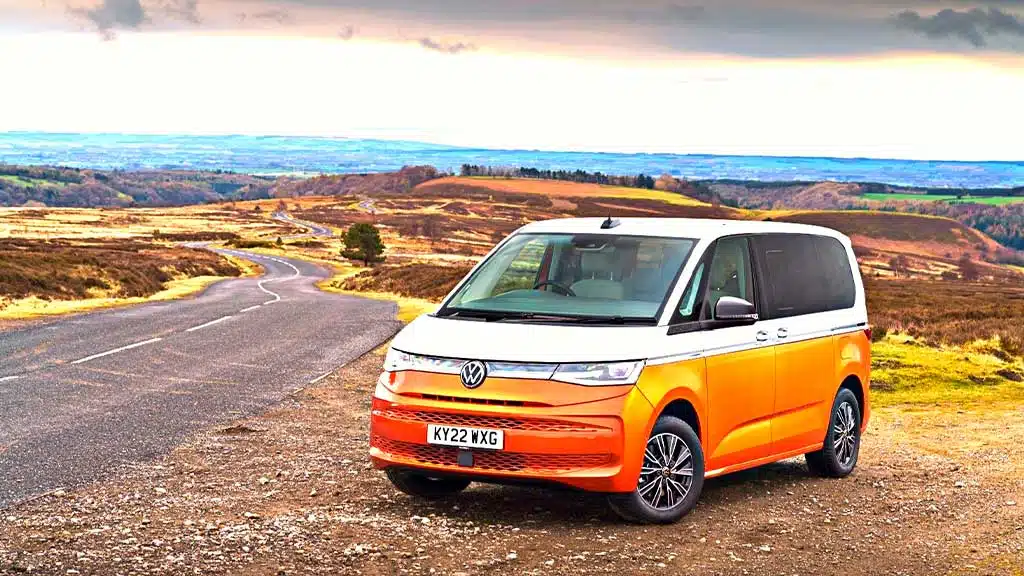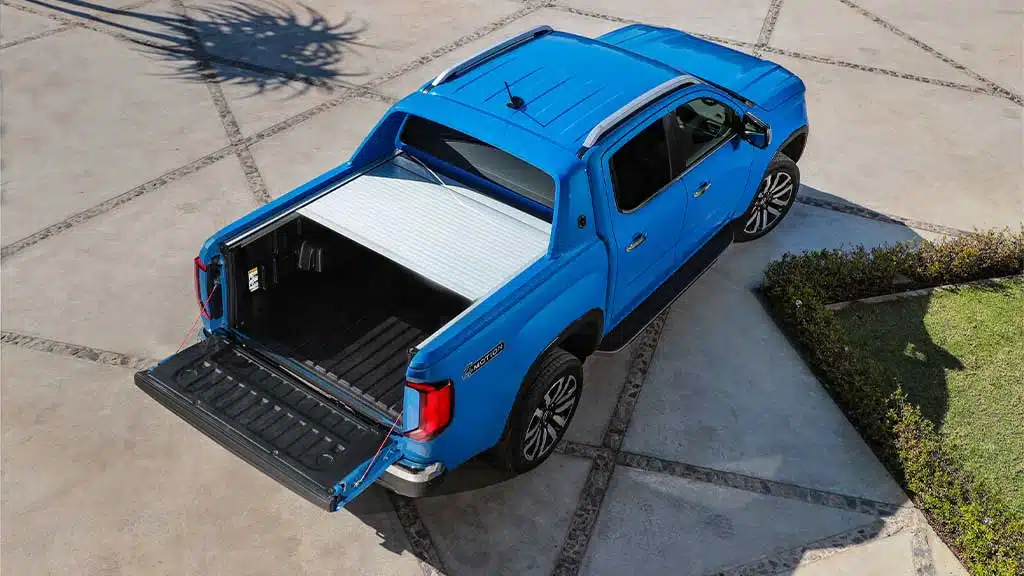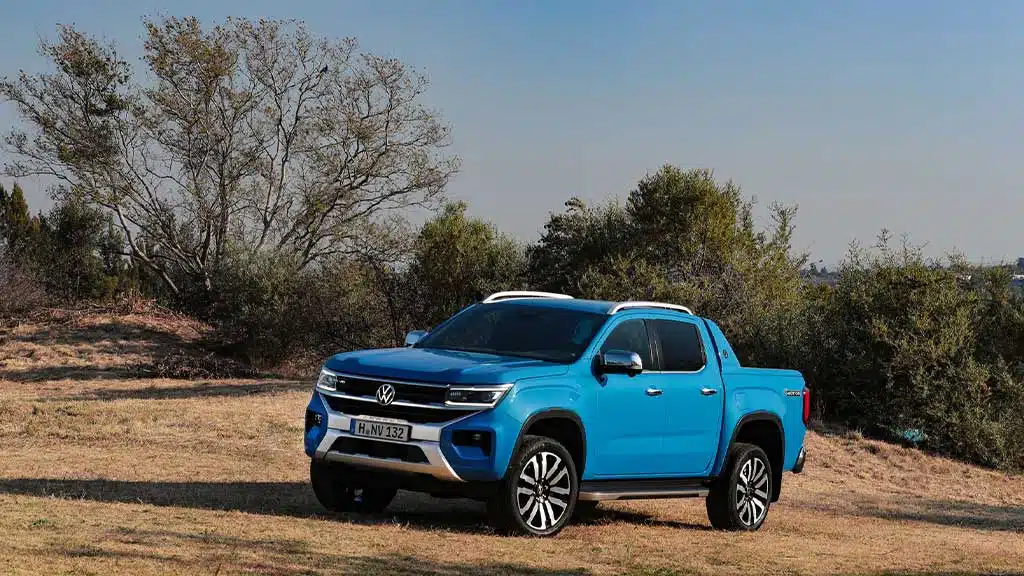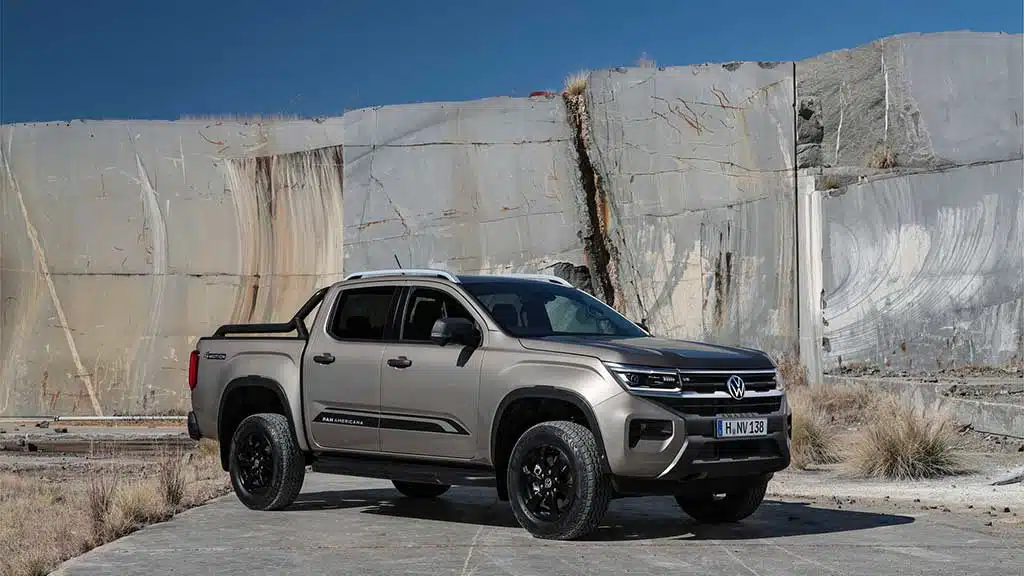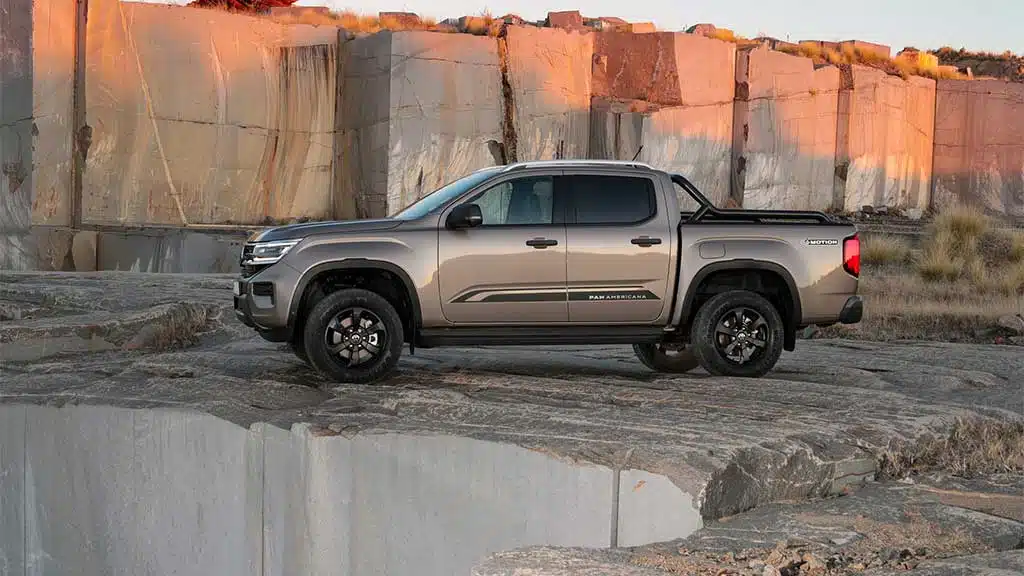Searching for a new van to boost your business operations or upgrade personal transportation? A used van can be worth considering. With significant cost savings, slower depreciation, cheaper insurance, and a plethora of options, a used van can offer a host of benefits while still fulfilling your transportation needs.
At Swiss Vans, we offer a wide range of used vans from top manufacturers, including Volkswagen, Ford, Land Rover, Mercedes, Iveco, Citroen, Renault, Nissan, and more. At the same time, we also want our customers to make the most of their investments by purchasing a well-maintained used van that aligns with their specific needs and preferences.
Just like there are several aspects you must look into when purchasing a new van, there are many factors you should take into consideration when selecting a used van. In this post, we’ll take a detailed look at 12 things you should look out for before buying a used van from Swiss Vans-
10 Things to Look for Before Buying a Used Van
1. Van Exteriors
The external appearance of a used van is generally the first aspect that grabs our attention. So, begin your inspection by examining the vehicle’s exteriors. Watch out for signs of wear, tear, rust, and visible damage to gain valuable insights into the history and upkeep of the van.
A used van with a well-maintained exterior signals that the previous owner was conscientious and took good care of the vehicle. Here are some tips to effectively examine the van’s exteriors-
- When looking for signs of wear and tear, focus on areas that are more prone to damage, like bumper, doors, fenders, roof, and side mirrors.
- Check areas like wheel walls and undercarriage for signs of rust.
- Watch out for visible damages, scratches, and dents that could impact the looks and structural integrity of the van.
- Look out for signs of neglect, such as peeling clear coat or faded paint, as these can indicate improper care and maintenance.
2. Mileage
While the used van’s mileage does not solely determine its reliability, it sure is an important factor when assessing the overall condition of the vehicle. You can find several well-maintained used vans with high mileage but that doesn’t necessarily be a red flag.
What’s more important is how the van’s age aligns with the mileage. For instance, if an older van has considerably lower mileage, it could imply long periods of inactivity which could make the vehicle more prone to certain mechanical issues in the future. So, apart from the total mileage, consider the mileage consistency as well. Here are some tips that should help-
- Review maintenance records or inspection stickers to check for mileage readings.
- Evaluate how the mileage aligns with the vehicle’s age.
- As a rough guide, vans travel between 12,000 to 14,000 miles on average per year. Multiply this figure by the van’s age to check if the vehicle has a consistent and steady mileage pattern.
- If the van has irregular mileage patterns, it can indicate irregular use which could potentially impact the overall van condition.
3. Van’s Service History
Regular servicing is the single most effective method to enhance the working life of any vehicle. A well-serviced and maintained vehicle can continue to remain functional and operate at peak performance even after many years of regular use. So, when inspecting a used van, its service history deserves your complete attention.
If the van has a comprehensive service history with maintenance records at regular intervals, it can be considered a positive sign. Look for entries of brake inspections, oil changes, and other routine services that indicate a diligent maintenance approach. Here are a few important things you should watch out for-
- Consistent mileage between services.
- Regular oil changes, typically after every 5,000 to 7,000 miles.
- Frequency of brake inspections, preferably after every 10,000 to 12,000 miles.
- Examine service records for any significant component replacements or repairs.
- Cross-verify all the details with the van’s VIN records.
4. Tire Condition
A commonly overlooked aspect of used van inspection is the tires. The tires are abundantly responsible for the overall safety and performance of the vehicle and thus demand a thorough examination.
It can provide insights into the van’s maintenance and potential suspension or alignment issues. Here are some tips to examine the tires of a used van-
- Use a tread depth gauge to measure the tread depth of the tires as adequate tread depth is vital for optimal traction.
- Visually check the alignment by ensuring that the tires are parallel on each axle.
- Inspect the tires for signs of uneven wear across the tread surface. Uneven tire wear is often a sign of suspension-related problems.
- Ensure the spare tire is also in good condition and properly inflated.
5. Mechanical Inspection
Purchasing a used van without a thorough mechanical inspection is not a wise decision. Work with a professional mechanic to examine all the critical components of the vehicle. Only a qualified mechanic would be able to identify potential issues related to the internal components of the vehicle.
Some of the eras that deserve utmost attention are-
- Engine
- Brake system
- Suspension
- Transmission
- Steering system
- Exhaust system
- Electrical system
- Fluid levels and quality
- Battery condition
6. Interior Features
The interiors of the used van are just as important as this is where you and your passengers will be spending a significant amount of time. Thoroughly assess the interior features and comfort elements to ensure a pleasant and functional driving experience.
Moreover, many modern vans are now equipped with advanced features. Your examination of the interiors will also help you ascertain whether or not everything is working as expected. Follow these tips when inspecting the van’s interiors-
- Examine the seat condition, including any stains, tears, or signs of excessive wear.
- Check the air conditioning and heating system.
- Test all the electronic features, including power windows, mirrors, and locks.
- Check the infotainment system, including the touchscreen (if available), connectivity features, and audio controls
- Inspect the storage compartments, including the center consoles, glove boxes, and door pockets.
7. Leaks and Smells
When inspecting the used van, pay attention to any kind of leaks or smells as they often indicate underlying conditions that could impact the performance and safety of the vehicle. Moreover, they could also lead to expensive repairs in the future.
While a qualified mechanic would be better able to assess such conditions, here are some leaks and odors you should watch out for-
- Leaks in the engine compartment and area around the transmission
- Coolant and power steering leaks
- Check for leaks around the axle seals and the differential
- Engine and exhaust odors
- Gasoline odor or burning smell from the interior components
8. VIN Check
The Vehicle Identification Number or VIN is a unique identifier for every vehicle. If you’re about to buy a used van, a thorough VIN check is an important part of the assessment process. There are service providers that allow you to check the vehicle’s history through its VIN.
When examining the used van’s history, watch out for these details-
- Accident history
- Title status
- Odometer discrepancies
- Financial encumbrances and liens
- Heavy damage in accidents
- Theft and recovery information
- Service and maintenance records
9. Modifications
Many van owners opt for modifications either to enhance the aesthetics or to make the vehicle more functional. If the van you’re interested in is equipped with such modifications, its current state deserves your attention as the upgrade could impact the performance, safety, and value of the vehicle.
Some common van upgrades owners opt for are as follows-
- Engine and exhaust system upgrades
- Lift-kit installation for off-road capabilities
- Aftermarket wheels
- Electrical and lightning alterations
- Interior or exterior modifications
10. Test Drive
Last but not the least is the test drive. It offers a first-hand experience of the performance of the used van, allowing buyers to assess its responsiveness, handling, and overall dynamics. Moreover, it is an effective way to identify potential issues that are not evident in a visual inspection.
During the test drive of the used van, watch out for-
- Engine performance, including acceleration and smoothness
- Transmission behavior and steering response
- Brake response and feel
- Cabin noise and vibrations
- Electrical components
- Fluid leaks
- Warning lights
- Performance on a variety of roads
- Turning radius
- Driver comfort
Ready to Purchase a Used Van?
Swiss Vans takes utmost care to only offer high-quality and well-maintained used vans to our customers. We have one of the widest ranges of pickups, small vans, electric vans, minibuses, lutons, crew vans, large vans, and more, across price points to ensure every potential customer can find something that matches their requirements and budget.
Check out our Used Vans Stocklist or get in touch with us to discuss what you’re looking for. We can leverage our vast network spread across Europe to find a used van that can fulfill your requirements and expectations.


